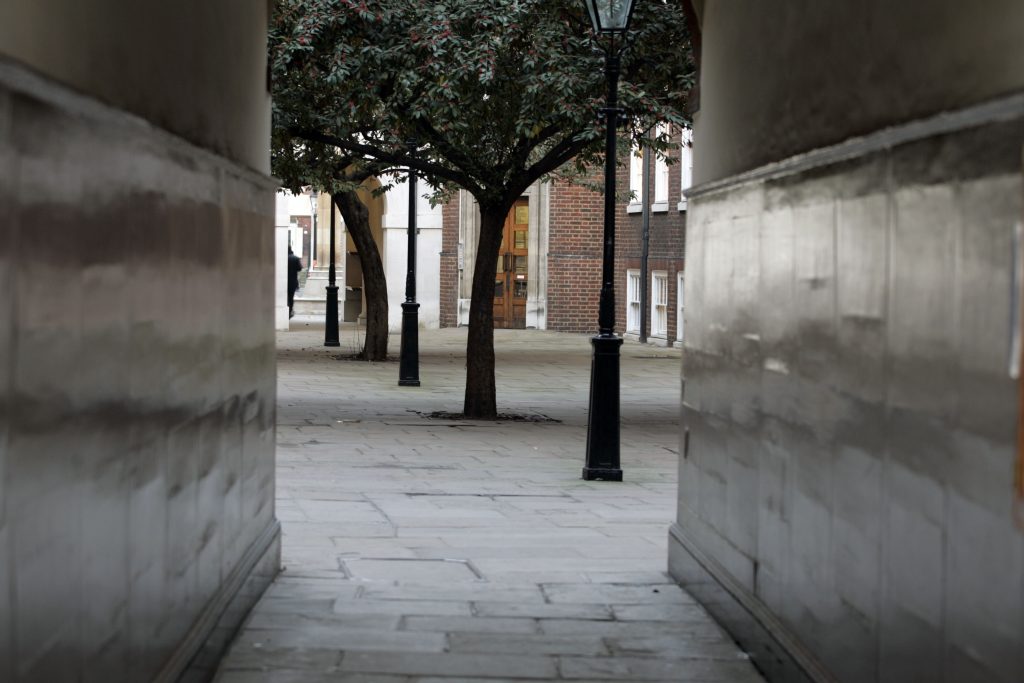Interpretation of the phrase “as originally designed” in planning policy
December 2, 2022

Angelica Rokad was instructed by the successful Local Planning Authority in two conjoined planning appeals which required the Inspector (amongst other matters) to consider the meaning of the phrase “as originally designed” in relation to development sought in the back garden of a dwelling.
Policy DM33 (“DM33”) contained within the Local Plan sought to prohibit development in “back gardens” by reference to the “entire back garden to the rear of the dwelling or dwellings as originally designed”. The Appellant sought to argue that DM33 did not apply to the site given that historical OS Maps from 1897 showed that the back garden “as originally designed” had altered by virtue of part of the garden being developed into dwellings.
The Appellant sought to argue that the wording of DM33 sought to protect, at least in part, the urban form as originally designed. However, it was said that when the urban form no longer existed, DM33 could not apply. It was also argued that the definition of “back garden” was based on the “dwelling” to which it was connected. Given that the dwelling on the site as originally designed had evolved substantially since construction by virtue of several implemented permissions, it was argued that this, too, was another compelling reason as to why DM33 was inapplicable.
The Local Planning Authority sought to argue that DM33 could be applied flexibly and its original intention was always to protect against development in back gardens – irrespective of how a back garden has evolved since its original construction. It was further argued that if the Appellant’s argument was correct, DM33 could not apply to any land even where a small part of it had been developed or changed immaterially since originally constructed.
The Inspector held in favour of the Local Planning Authority and found (amongst other matters) that whilst the entire back garden as originally designed no longer existed, DM33 envisaged that some sites may not fit squarely within the categories, as defined. Further, it was held that a more nuanced and considered approach was necessary when considering the principle of whether the proposed development would – or would not – be acceptable. Accordingly, both the conjoined appeals were dismissed.
A copy of the decision can be found here
Angelica Rokad appeared for the successful Local Planning Authority, Lewisham Council.


